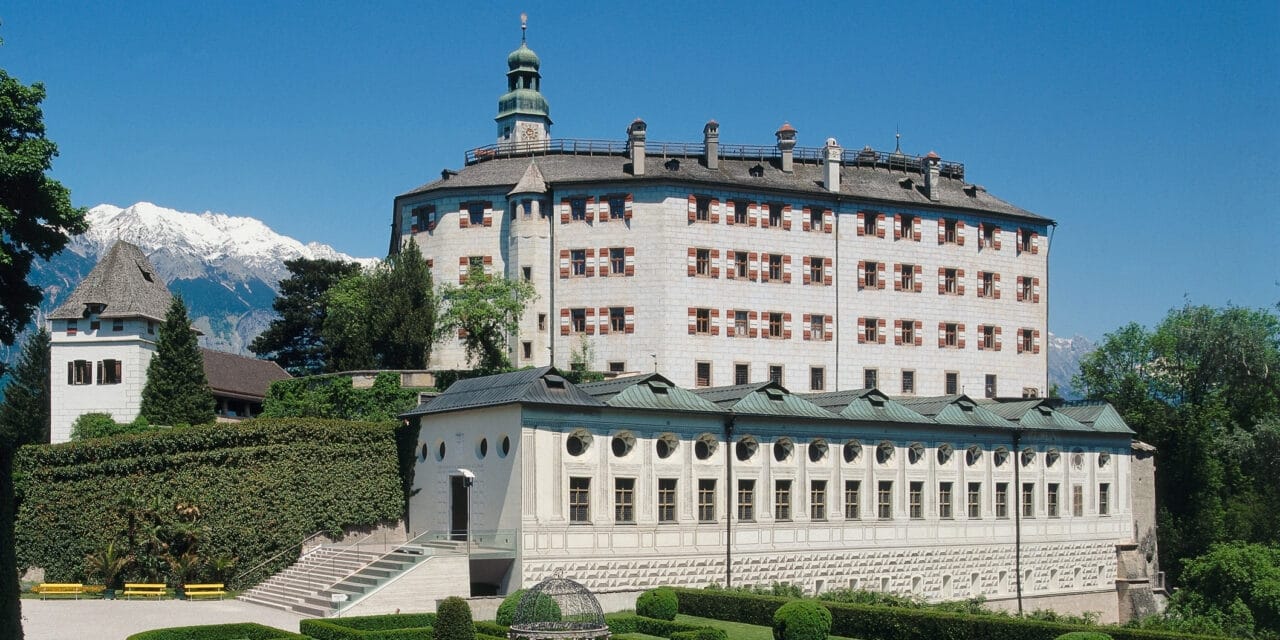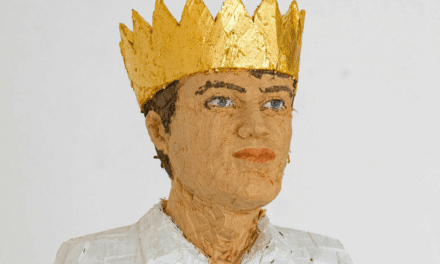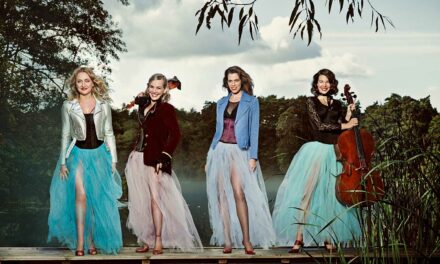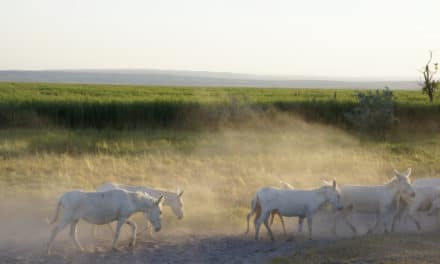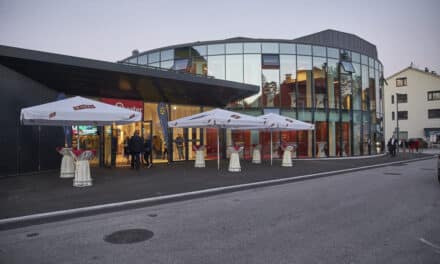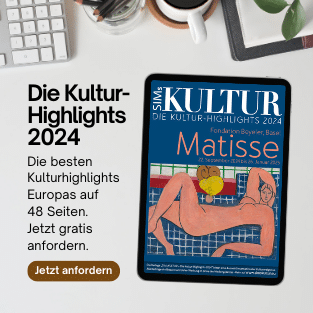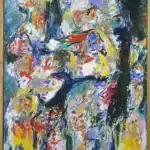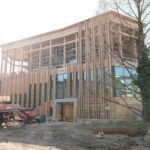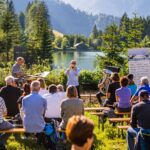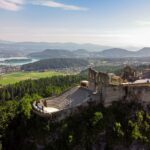Ambras Castle Innsbruck is one of the most beautiful sights in Austria and, as the oldest museum in the world, is a defining feature of Europe's cultural heritage. The Tyrolean sovereign Archduke Ferdinand II (1529-1595), son of Emperor Ferdinand I, had the medieval Ambras Castle converted into a magnificent Renaissance palace as a gift to his wife Philippine Welser.
Ferdinand II came from one of the most important European ruling dynasties. He was initially entrusted with the function of governor in the Kingdom of Bohemia for almost 20 years and resided in Prague from 1547. In Innsbruck, he directed the fortunes of the County of Tyrol and the Austrian Forelands for around 30 years. Ferdinand developed a distinctly courtly culture of representation in the places where he worked. As a humanistically educated prince, he made a significant contribution to the spread of the Renaissance in Central Europe.
Ferdinand II was one of the most important collectors of the Habsburg dynasty. He had the Ambras Lower Castle built especially for his famous collections - one of the earliest buildings ever constructed for the exclusive purpose of a museum. Today, it is the only remaining building for which the term "museum" was already used in the Renaissance and in which large parts of the collections are still on display: the oldest museum in the world! With his completely new idea of systematically collecting and presenting the "Heldenrüstkammer", Ferdinand is regarded as the founder of the modern museum. The Kunst- und Wunderkammer is the only Renaissance art chamber preserved in its original location and is an incomparable cultural monument.
Today, a large part of Archduke Ferdinand II's treasures can still be admired in three armories and the Chamber of Art and Curiosities: objects made of crystal, silver and gold, bronze, glass, wood-turning, armor and weapons, paintings, the latest scientific instruments as well as musical instruments, slot machines, rare, exotic and unusual objects made of natural materials, luxury items from newly discovered countries overseas and much more, as well as portraits of people or animals that were considered "wonders of nature".
The Spanish Hall below the High Castle is one of the most magnificent halls of the Renaissance. The light-flooded ceremonial hall impresses with its graceful lightness and perfect architectural balance. In summer, music is performed here, for example as part of the "Ambras Castle Concerts" and the Innsbruck Festival of Early Music. The famous "Habsburg Portrait Gallery" is located on three floors of the high castle. Over 200 portraits tell the history and stories of members of the great European dynasties. The paintings from the 15th to 18th centuries are by masters such as Hans Burgkmair, Lukas Cranach the Younger, Giuseppe Arcimboldo, Peter Paul Rubens, Diego Velázquez and others.
The "Strasser Glass Collection" is one of the most important glass collections in the world. Precious glass from the most important European glass production areas offer a fascinating insight into the history and technology of glass art from the Renaissance to the Baroque. The architectural centerpiece of the High Castle is the inner courtyard decorated with grisaille paintings depicting scenes from Roman history and ancient mythology. The use of different shades of gray creates the impression of a relief. The courtyard is one of the largest and best-preserved examples of fresco painting from the 16th century.
The collection of Gothic sculptures housed in the keep, whose famous St. George's Altar dates back to the time of Emperor Maximilian I, is freely accessible without a ticket.
The "Baths of Philippine Welser" are the only completely preserved baths from the 16th century. The rooms with the huge tub provide an insight into the "wellness" culture of the Renaissance.
The history of the St. Nicholas Chapel dates back to the 14th century and, after numerous alterations, was given its current appearance in the 19th century when it was painted by August Wörndle.
The medicinal and paradise garden exudes the scent of medicinal and spice plants, inspired by the legendary "Pharmacopoeia of Philippine Welser".
Open all year round
Special exhibition: One World. THE 4 ELEMENTS
The 2022 summer exhibition at Schloss Ambras Innsbruck looks at the four elements of fire, water, earth and air from a contemporary perspective.
Particular attention is paid to the staging of the elements and how they can be experienced directly. The Tyrol in particular offers a variety of references to the artistic but also economic benefits of its rich resources. From fire, water, earth and air, precious marvels of the human imagination were created.
Air pollution, floods, droughts, fires and storms - the changing climate is a result of the disharmony of the four elements. The exhibition also looks at early forms of environmental awareness and combines them with contemporary initiatives to save and preserve the fabric of the world.
June 16 to October 2, 2022

